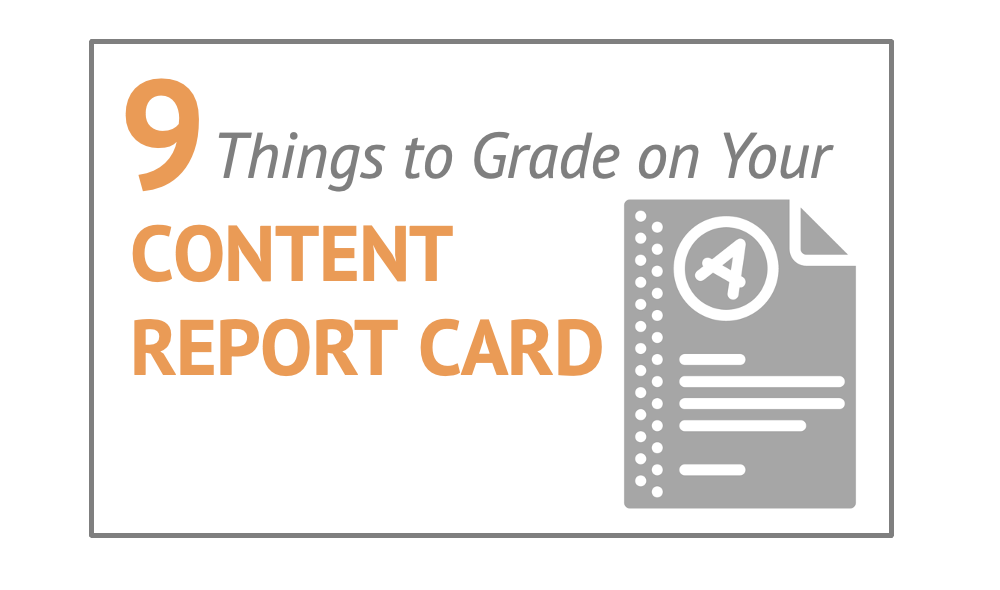
Sign up for this newsletter — it’s free!

We’re in a golden age of feedback. Your sleep report tells you that you tossed and turned too much last night. Your screen-time report shows the ebb and flow of all-consuming news cycles. Your bank app warns when you’re approaching your monthly restaurant budget, and your Peloton shows your mileage versus friends. The data megatrend has crept into just about every corner of our lives.
And for some efforts, that feedback data is super useful. It helps us pinpoint weak spots and hone strategies and next steps. A recent academic meta-analysis of feedback studies found that feedback is a powerful, positive tool for cognitive and physical efforts (but a bad tool for motivation – it can mess with intrinsic motivation).
The meta-analysis also pinpointed an important nuance: feedback is more effective the more information it contains. Broad feedback might not tell you anything useful about what to do next.
Feedback is more effective the more information it contains.
There is a feedback mechanism built into our content universe, but it might qualify as the too-broad kind. We can instantly track likes, shares, page views and other forms of engagement – but those figures only tell us what’s working and what’s not. They don’t tell us why or what to do next.
Generating Your Own Report Card
Here’s an alternate approach to creating useful feedback for your marketing team: make your own content report card. But you can’t just grade yourself – first you have to sample content from a handful of peers to figure out the grading scale. A group of three to five samples can help you peg the standards for good, better and best.
The world of marketing publications is incredibly varied, so it’s useful to pick three peers of similar AUM and market footprint. Track down a representative piece of content from each that matches the sort you usually publish. You might even look for a non-financial sample or two in other content-heavy fields – healthcare and tech firms put out a lot of white papers, for instance.
Print out your samples and grade them first, then grade your own recent work, across these 9 categories:
Happy grading season to you and your team!
Looking for an experienced freelance financial writer to help with engaging content? Reach out and let’s talk about your project needs.
Carolyn is a freelance financial writer with 15+ years of experience in financial services. She holds an MBA from the University of Chicago Booth School of Business and is a CFA charterholder. She writes from Washington D.C.
Posted By
Carolyn
Categories
Compound Return Newsletter, Content Marketing, Freelance financial writer